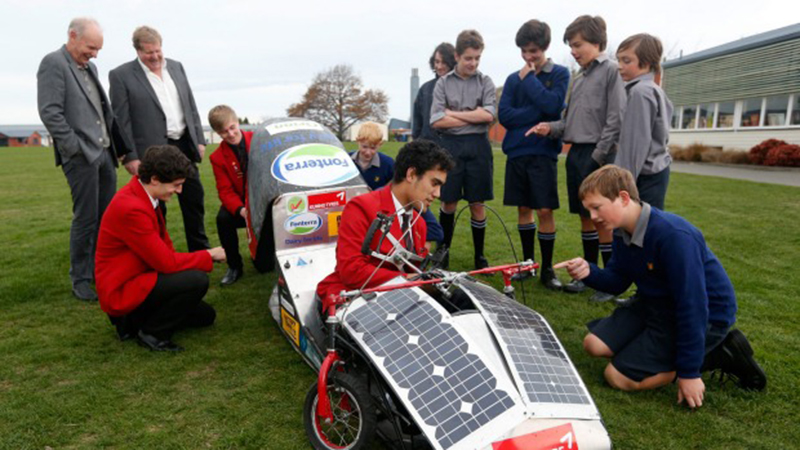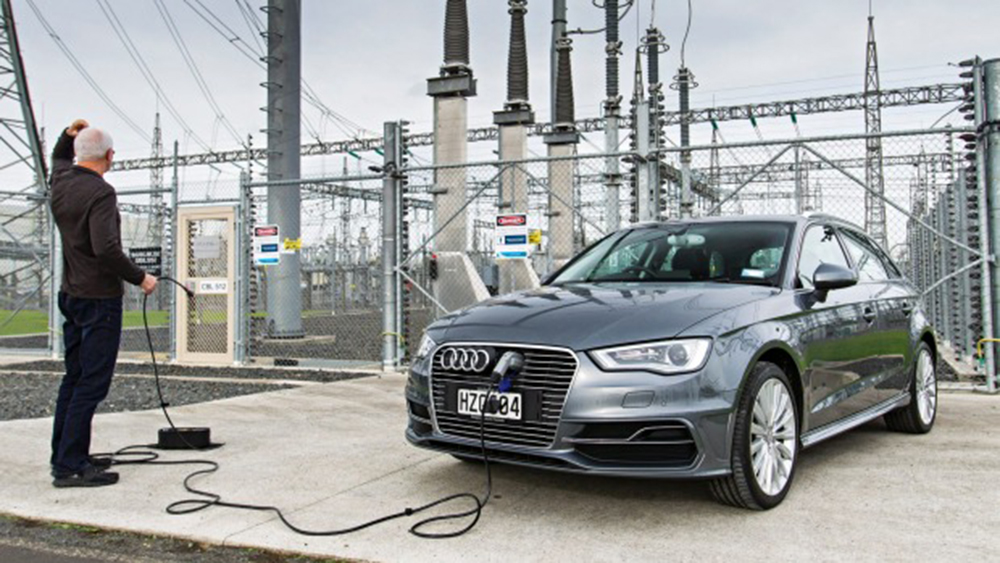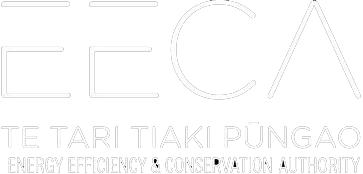
This month we put the spotlight on new Drive Electric members, Wedgewood White (WWL), in our ‘Meet the Fleet’ section. We spoke with WWL’s directors Paul Webber and Paul White and consultant Francesca Marzatico in a bit more detail about how they are supporting New Zealand companies’ transition to EVs.
Why electric and why now?
Wedgewood White Limited (WWL) has spent most of its 20 years in business analysing infrastructure investments for clients overseas. So we’ve seen lots of business cases! Electrifying NZ’s vehicle fleet is one of the most compelling economic cases we’ve come across.
There are two main reasons why we believe that now is the time to act (in addition to the fact that we all agree that EVs represent the fastest way to meet our emission reduction commitments!) . Firstly, there is high economic cost associated with a “wait and see” policy. Every new ICE vehicle put on the road today has a cost to NZ society (compared to substituting with an EV) and will continue to emit pollution and particles for 15 years. Every new ICE vehicle registered is making our futures and our children’s futures worse.
Finally, the sooner we act, the sooner the we’ll benefit from lower costs throughout the whole supply chain. We saw first-hand what happened with solar photovoltaic (PV); there, the cost premium for electricity from solar PV over conventional generation came down incredibly rapidly through mass production. Now solar PV is the lowest cost supply in many places. We think it will be the same for EVs (versus ICE vehicles), so the sooner we push the “go” button, the better.
Who is your customer and what are they saying about their EV experience?
Our customers are typically businesses at an early stage of transitioning their fleets to EVs. They’re saying, “This is more than just a like-for-like swap out of ICE vehicles and into EVs; it’s much more emotional than that”. They’re telling us that the process can be a little daunting… with decisions to be made on vehicles, charger type, size and location; installation issues; landlord/tenant issues; electricity supply issues; whether to provide for home charging; etc. And then there’s the people side, with some enthusiastic adopters and some people not wanting to give up their ICE vehicles.
How can you help businesses transition their fleets?
We’re (almost) a one-stop shop for fleet transition and our advice is independent.
We can support EV fleet transition by: planning the transition process; producing options analysis and business cases to facilitate decision making; analysing fleet data and helping specify charging solutions that work for vehicle use requirements; analysing the current demand profile at sites to understand whether electricity supply upgrades are needed; investigating opportunities for energy efficiencies, smart charging and dynamic load management to reduce peak demand and reduce requirements for capacity upgrades; purchasing equipment, supervising contractors and/or managing the whole shebang.
We are aware that change is never easy. This is why we help businesses to build support for transition within the organisation through listening to issues, finding solutions, and bringing everyone along. We can also articulate the value of EV transition to the employees, customers and other stakeholders.
What are your key learnings from helping customers installing charging infrastructure at differing sites?
We’ve learnt to test all assumptions made by our customers with respect to their charging needs, and we’ve learnt that understanding our customers’ charging infrastructure “hopes and desires” is just as important as the pipes and wires. In other words, we’ve learnt that there’s a change process to manage, not just chargers to specify.
What opportunities arise from conducting an Energy Audit?
The opportunity to preserve precious capital and save costs! We’ve seen how seemingly innocuous energy efficiency initiatives can defer electricity supply upgrades (that is, switchboards, cables and transformers). We’ve also observed that, in conjunction with investments in charging infrastructure, there might be opportunities to revisit failed business cases for rooftop solar PV.
What is Wedgewood White’s view of the future of EVs in NZ?
In the long-term the economics of EVs will win! But given that it’d be better for us as a society to accelerate the transition to EVs, in the short and medium term we’d like to see a much more supportive policy environment and more public education and awareness.
What tips do you have for those thinking of starting the transition to EVs?
Our checklist runs something like: get commitment from leaders; make sure you really understand the costs and benefits; bring the team along; understand the fleet mission; don’t try to do everything at once; think carefully about charging arrangements; and, most importantly, get some independent advice early in the process (that is, talk to us!).



